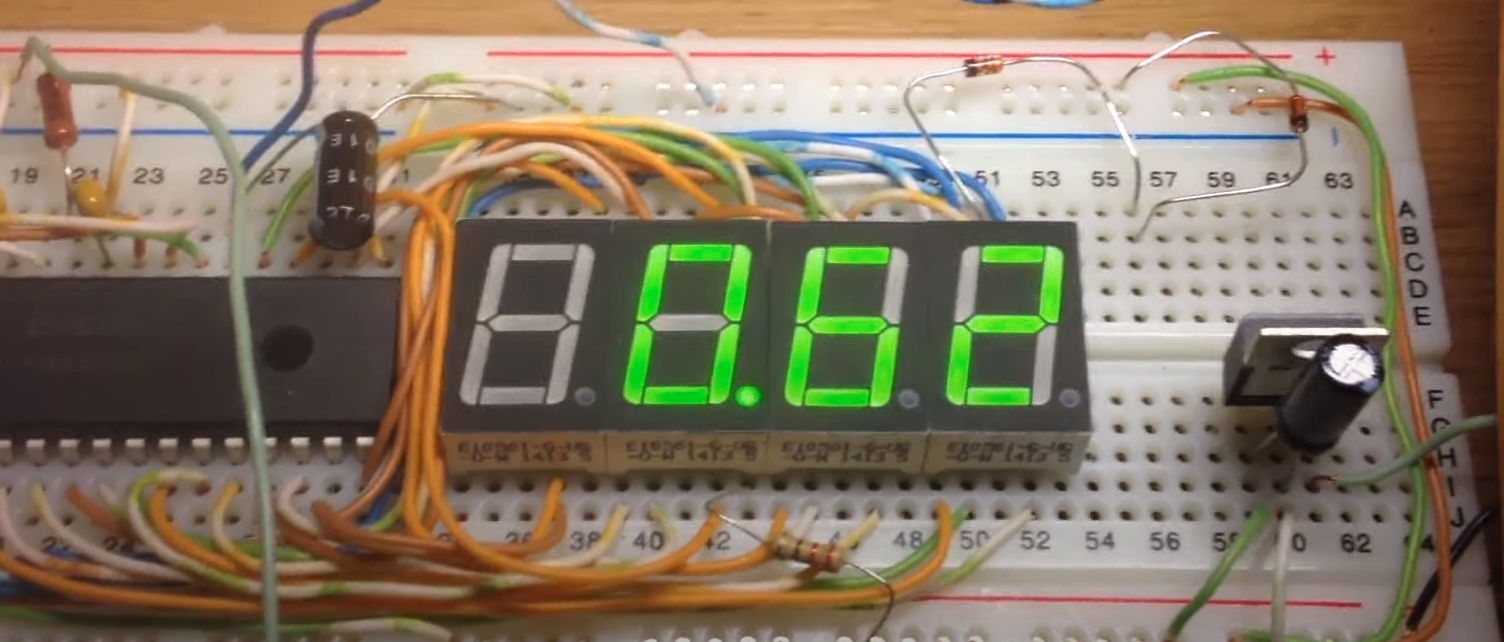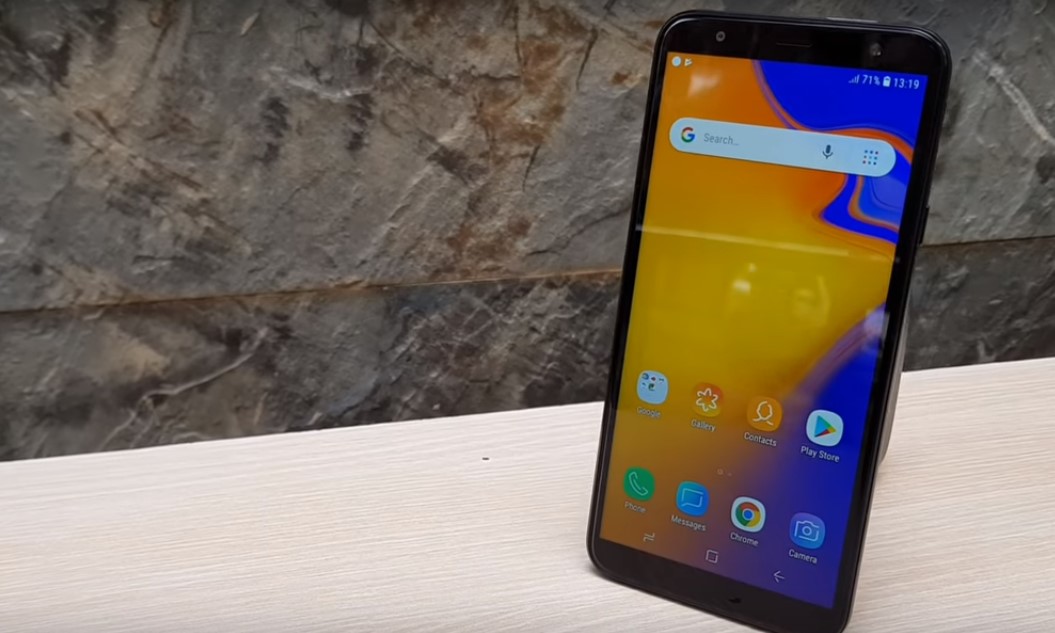ASUS ZenFone 4 Max ZC520KL 16Gb smartphone - advantages and disadvantages

Asus ZenFone Max 4 (ZC520KL) is a compact, convenient and budget smartphone. This gadget is a lightweight modification of the popular Max 4 (ZC554KL) model with a 5.5-inch display, Full HD resolution, Qualcomm's Snapdragon 425 processor and a 5000 mAh capacitive battery. This article details the pros and cons of the ASUS ZenFone 4 Max ZC520KL 16Gb smartphone.
ASUS ZenFone 4 Max ZC520KL 16Gb
Due to the large battery and impressive screen, the deviceZC554KL cannot be classified as compact, because its thickness is more than 8 mm, and its weight is 186 g. The company decided to make a lightweight modification of the smartphone with a 5.2-inch screen and a 4,100 mAh battery.
Options and features
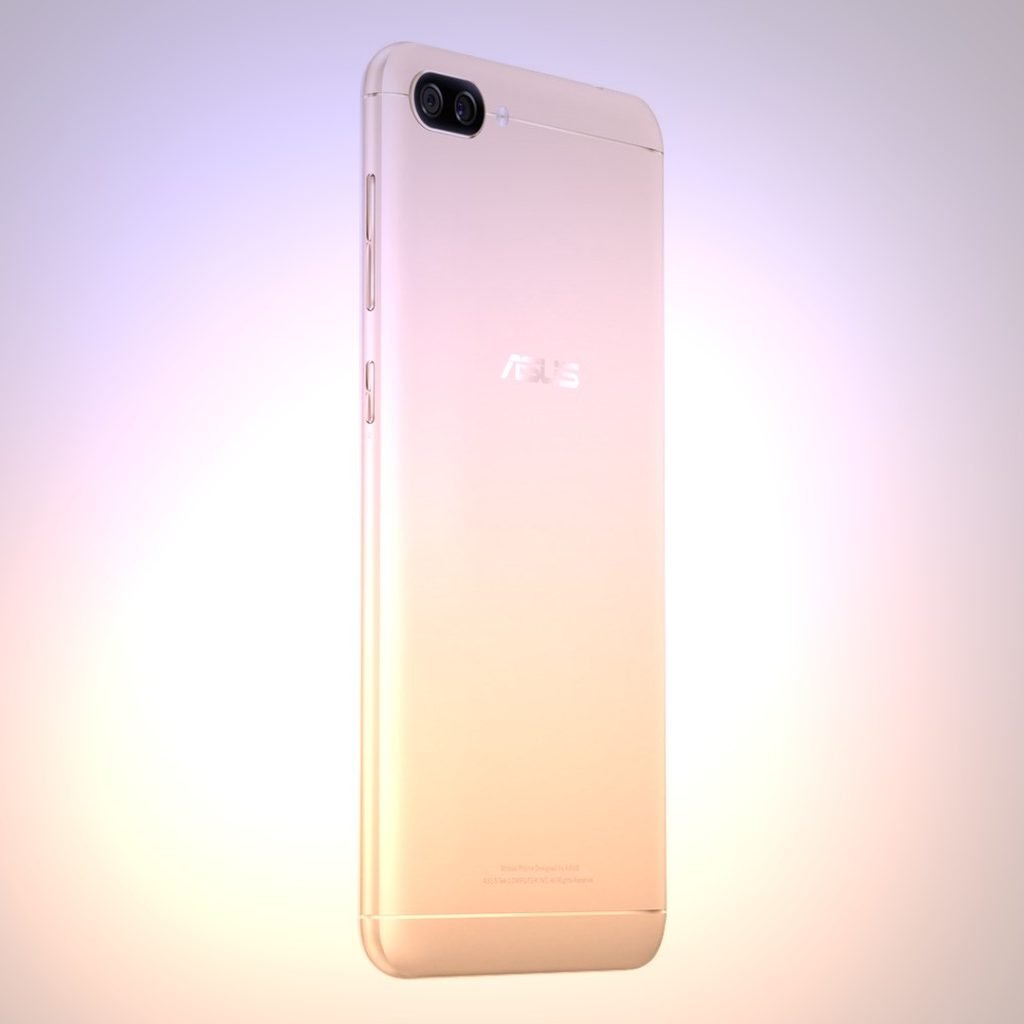
The phone comes in a packed and colorful box containing a charger, microUSB cable, USB OTG cable and a package of documents including a warranty card. It is worth noting that in some configurations there is no paper clip for working with SIM card trays and flash cards. The power adapter meets the declared characteristics (5V / 2A).
The length of the cord is 91 cm, the thickness is 3.58 mm, it shows itself perfectly from the side of working with current. As a pleasant surprise, the best manufacturer added an OTG USB adapter to the package. If you take the phone in black, the user will be surprised that the back panel is dark blue. Due to this specificity in design, the smartphone is clearly visible among gray and monotonous devices.
At the front, at the bottom, there is a fingerprint scanner with metal stripes. To the left of the scanner there is a touch button "Back", and on the right side there is a universal key that performs 3 goals simultaneously. If you click on it 1 time, the task manager is activated, 2 times - the last launched application. And if you hold down the button, the multi-window mode will turn on.
According to user reviews, not everyone likes the Back key on the left. The touch buttons do not have a backlight, and the anti-reflective coating of the keys only partially improves the problem, because they become visible in the sun.
At the top of the screen are light and zoom sensors, a front-facing camera with flash and a speaker. On the left side there is a slot for SIM-cards and a microphone hole used to remove noise. Users are given the opportunity to install 2 SIM and a flash card at the same time.
If you press the case with your fingers, then a strong creak is heard on the left, which promises the pushing of plastic materials. Overall, the build quality is solid. On the right side are the power and volume keys. At the top, there is only a 3.5 jack for connecting a headset.
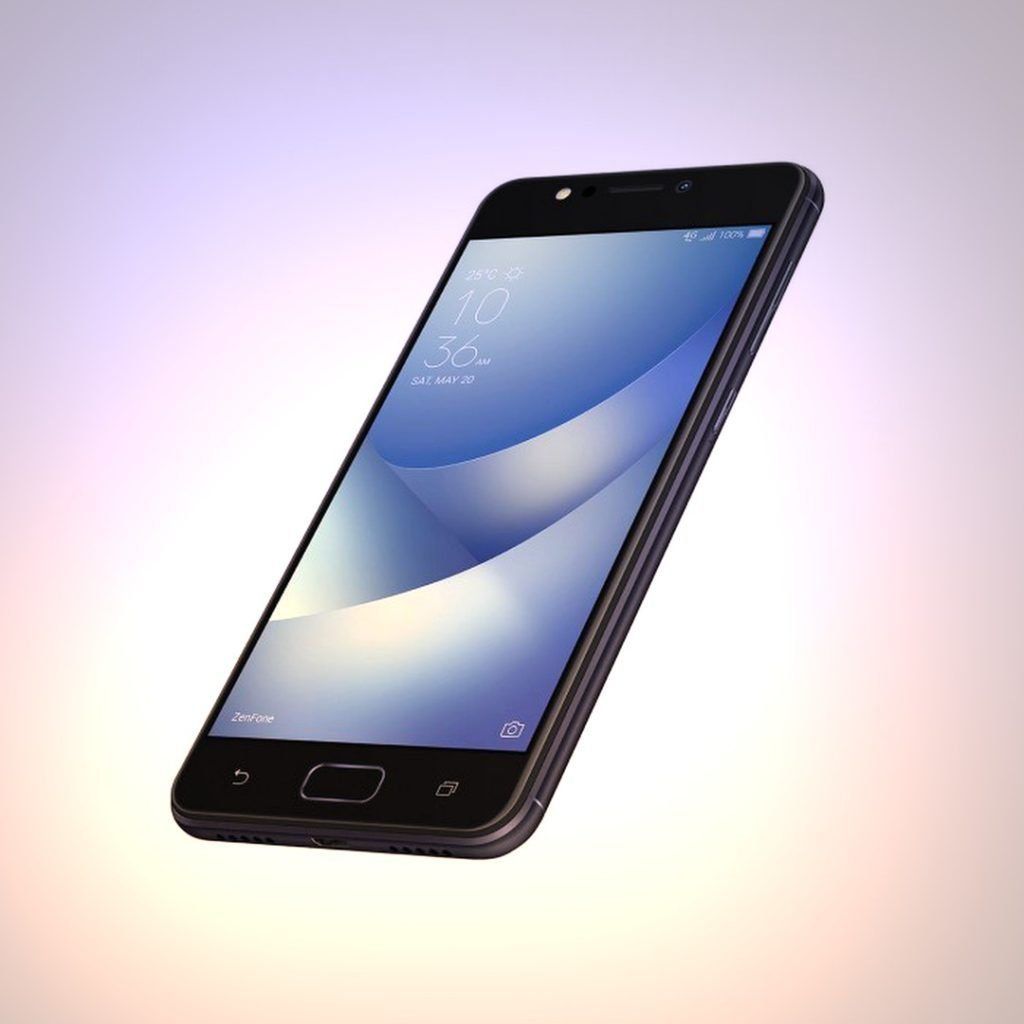
At the bottom, in the middle, there is a microUSB slot, on the right side - a speaker, on the left - a microphone. The smartphone software does not respond to tapping near the left edge. On the other hand, there is a rear camera with two blocks: reflective edging and flash.
The panel is made of plastic, but at first glance it seems metallic. Fingerprints remain on the shiny surface, but it is not subject to scratches. The user is given the option to deactivate the LED, which is required for notifications, but is not configurable.
The LED will glow red if the battery charge is weak, or if the smartphone has Internet mode activated.Green means that the person missed something, for example, SMS. In this case, the indicator will be visible only close. The LED will begin to alert the user every 2 seconds, then go out. If SMS arrives when the screen is locked, the LED will blink for a little less than 4 minutes.
If you unlock and lock the device again, the flickering will not stop for another 8 minutes. This makes it possible to save the battery charge, however, the manufacturer did not take into account the moment of deactivation of the red indicator, if the charge is practically zero. In a situation where the smartphone has completely sat down, it will glow green.
Sound and screen
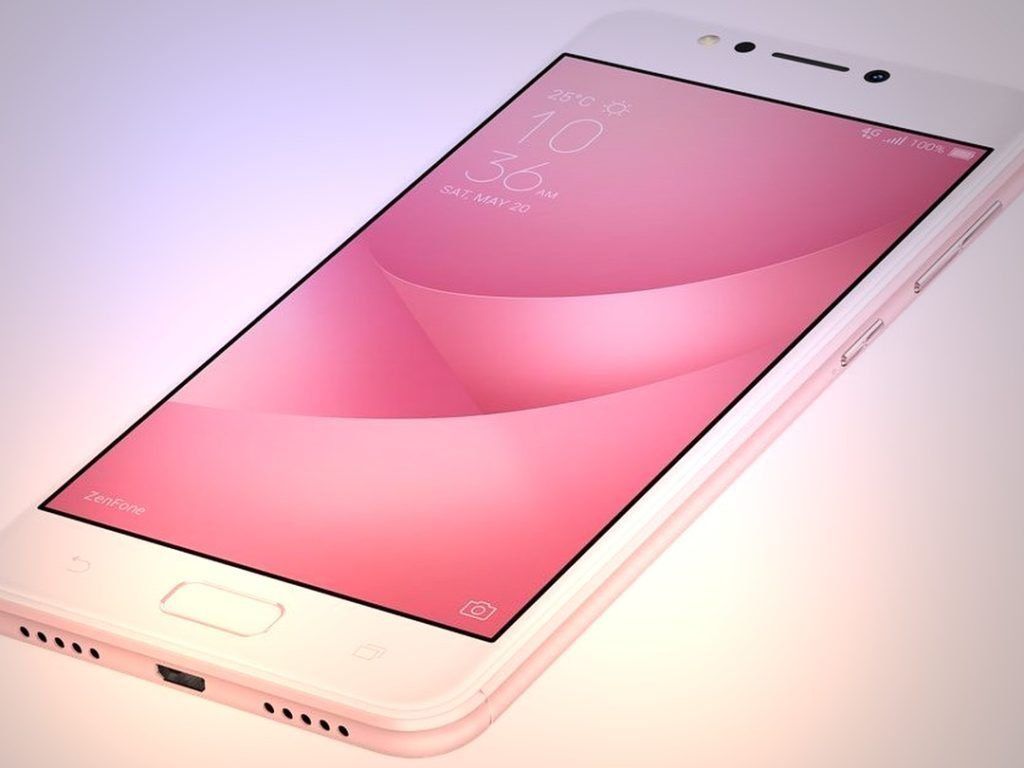
ASUS (ZC520KL) is equipped with an IPS LCD screen with a resolution of 1280x720 px, a diagonal of 5.2 inches, and a pixel saturation of 282. The main difference between a smartphone with the ZC554KL modification lies in the display. It differs not only in diagonal and of course in pixel saturation, but also in sharpness, contrast, and configuration.
In terms of physical characteristics, this is an ordinary trend display with protective glass, a good oleophobic surface, a polarizing layer, on which there is no air layer between the matrix and the glass. The sensor layer responds to the desired gestures, and also supports 10 touches, which are allowed to be done at the same time. Of the shortcomings, users note poor sensitivity in gloves. With increased light sources, the screen works fine. The saturation of 567 cd / m2 (including the polarizing layer) is quite enough to not only watch videos, but also work with content as conveniently as possible. The image practically does not fade.
The contrast is quite typical for an IPS-type matrix, it is 990: 1. This is not a very small value, but the smartphone has nothing to boast about. Distinct black can only be seen when the screen is deactivated. On average, the palette is 2.65, which is significantly beyond the typical scope. This is due to the fact that the display functionality works unusually in light shades. At the same time, the color temperature is very typical and varies within seven thousand K with a standard of six and a half. It is impossible to call the color transfer too cold, since these parameters are close to real ones.
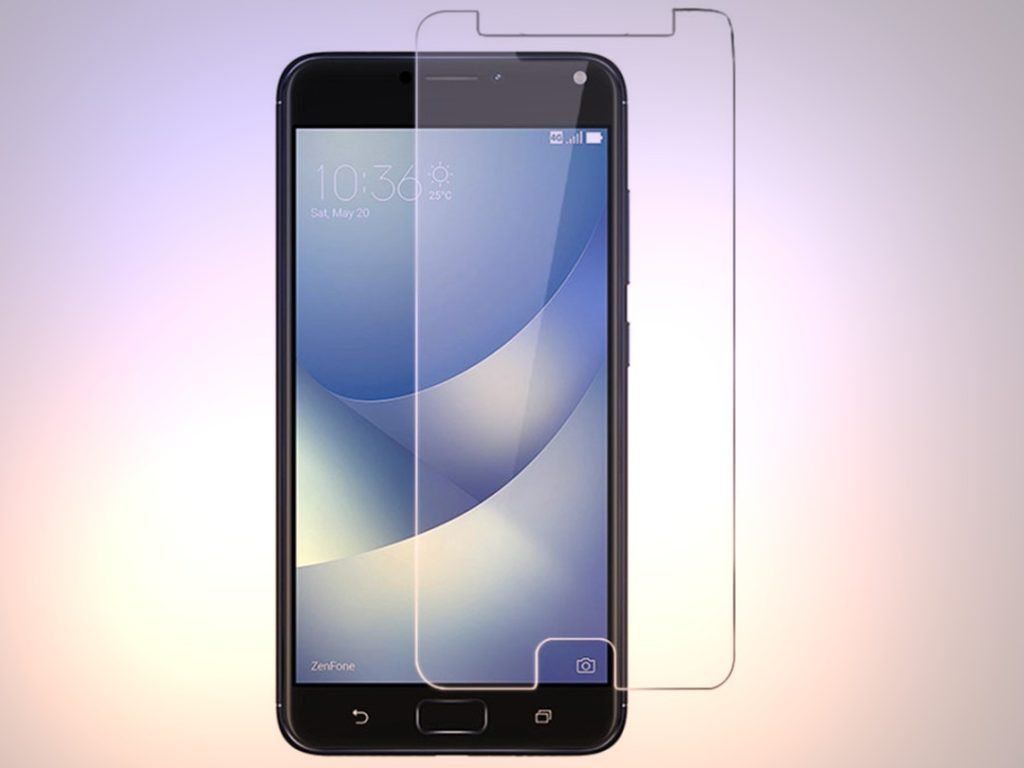
On average, the DeltaE Color Checker, which contains a full list of colors and many shades of gray, is 6.35, so the deviation from the standard is very impressive. Naturally, the colors are not cold here, but the color accuracy is negligible.
As for the sound, everything is fine here. There is a mini-jack for connecting various headsets without an adapter. It should be noted that the strength of the scale is sufficient to enjoy music or radio in minibuses and so on. The external speaker is also quite loud, which makes it almost impossible to miss a call, the call quality is excellent.
Performance and stuffing
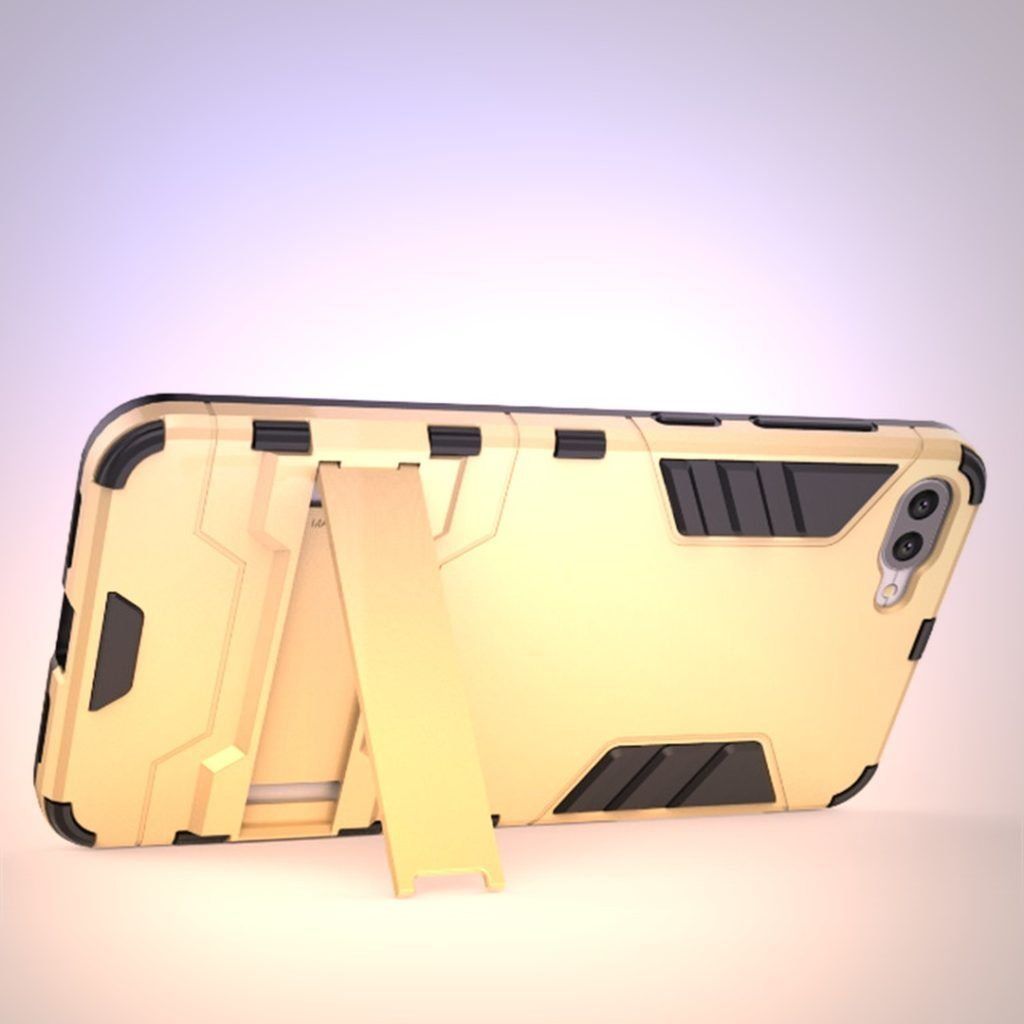
In terms of hardware, the smartphone is similar to the older "brother". The base of the phone is a 4-core ARM Cortex-A53 processor Snapdragon 425 from Qualcomm, whose clock speed is 1.4 GHz. Graphics accelerator - Adreno 308, clock frequency - 400 MHz, made using 28 nanometer technology. This is a very popular method in an inexpensive line, which is found among devices priced from 5 to 15 thousand rubles.
The modification uses either 2 or 3 GB of RAM. The same amount of memory is used in the ZC554KL. Of course, a smartphone is not suitable for active games, but it is smart in lightweight applications. In simple terms, if there is a load of 3D effects in the game, then you should not install it.
The phone is quite efficient in handling typical tasks. Of course, heavy programs do not always open quickly and the animation lags slightly, but taking into account the fact how much the device costs, it would be biased to consider this a disadvantage. There is not much ROM in the gadget - 16 GB. But there is a colossal advantage to use 2 SIM cards and microSD at once, which even some flagships cannot boast of.
Communication and communication
The triple SIM-card slot “Nano” and the flash drive were mentioned above, but the company did not go further.There are no two integrated radio units here, so you will have to use only one card when communicating or working on the Internet. It is worth noting that both connectors support 4G.
There is LTE version 4 - the maximum reception speed - 150 Mbit / s, transmission - 50. All frequencies necessary for the normal operation of the unit in the Russian Federation are there. There is Bluetooth 4.1 version and Wi-Fi, but there is no infrared port and NFC unit. But the GPS navigation unit is integrated, which works perfectly.
Camera
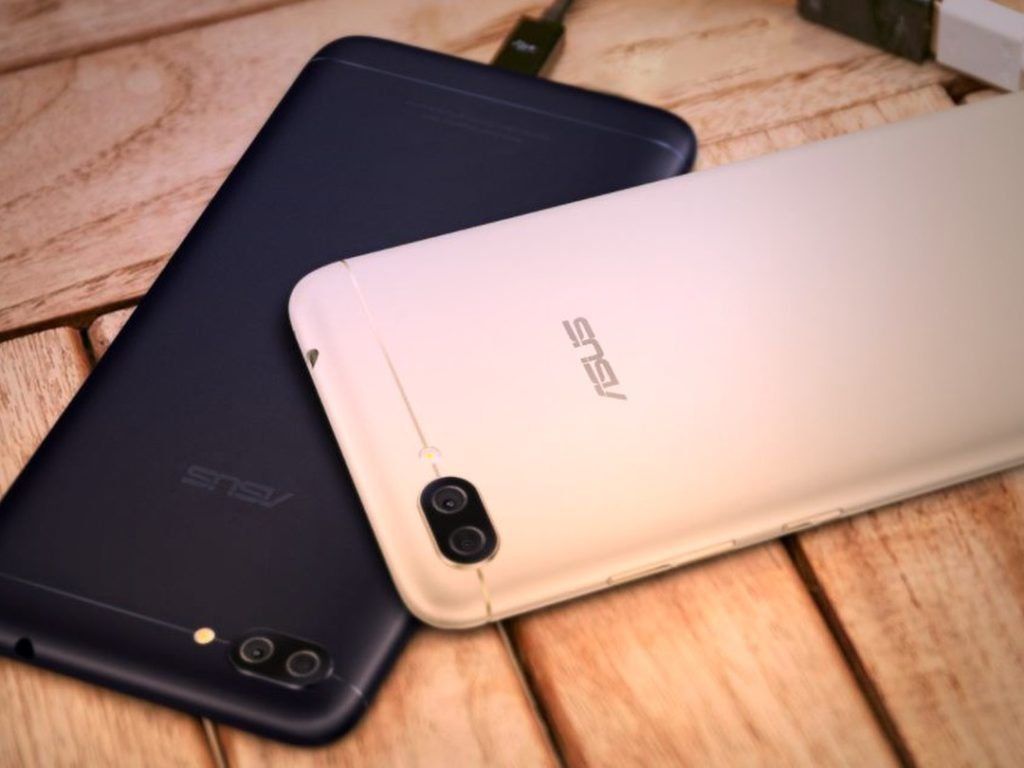
The device was equipped with a double camera unit made according to a similar technology of the older "brother". The first camera is equipped with optics with an extremely wide view (900) and aperture ratio of 2.0, as well as a sensor with a resolution of 13 MP. There is phase detection autofocus. The second is 5 MP, the viewing angle is even greater (1200), there is no auto focus.
How does the main camera take pictures? - with the highest resolution in the 4: 3 format, the auxiliary takes pictures in the 16: 9 ratio, but the resolution is only 2 MP.
The camera interface has hardly changed when compared to the previous generation of ASUS mobile devices. There is, by the way, a very comfortable mode for professionals with a virtual horizon, which makes it possible to personalize a large number of shooting modes.
The camera of the device does not show any new products. Normal detail and warm-looking colors during daytime shooting with the main camera are "covered" by poor dynamic range and unstable nighttime operation. The block is really not enough stabilized optics. Experts advise using the camera only in normal lighting conditions.
Autonomy
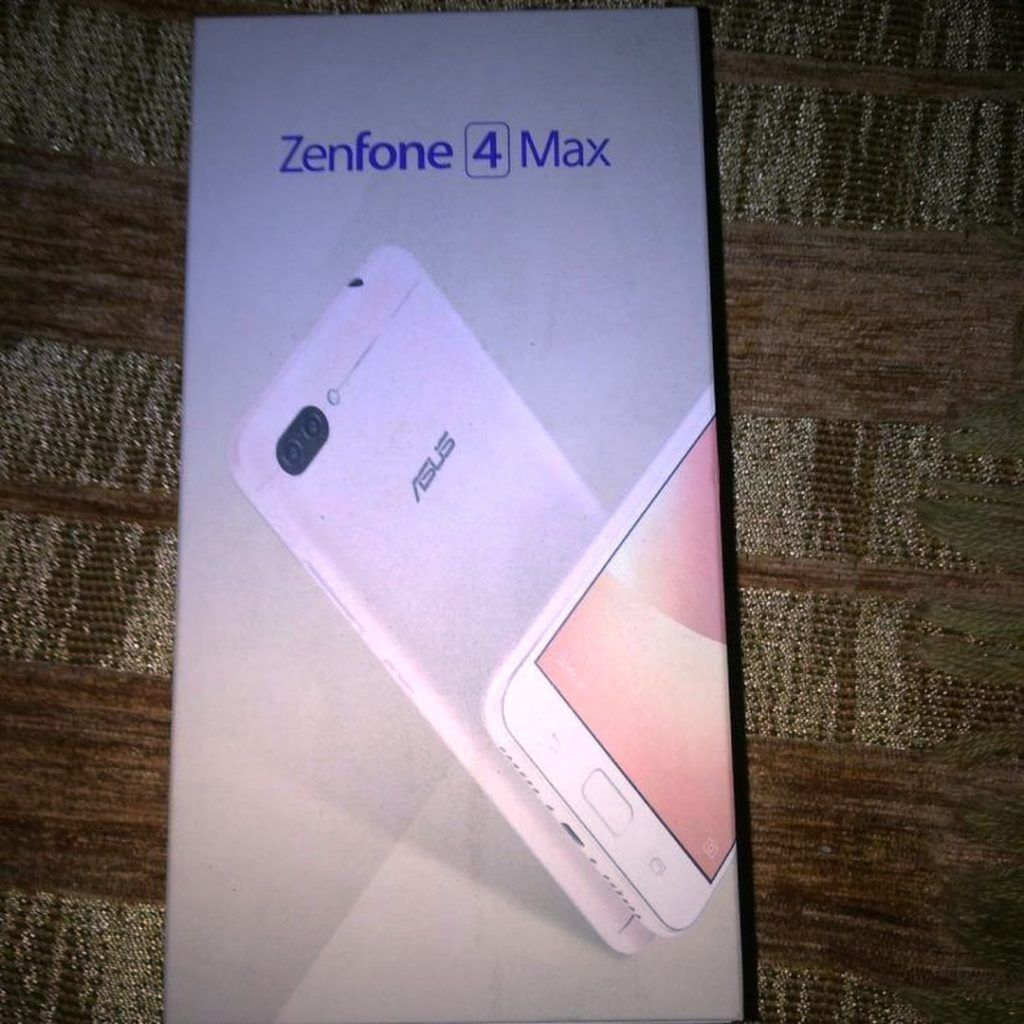
The most important thing in any rating of high-quality devices that claim increased operating time of their own "brainchild" is its autonomy. The popular model was equipped with a lithium-ion battery with a capacity of 4,100 mAh. In combination with a rather small screen and absolutely undemanding hardware from Qualcomm, fans looking for the best model to buy from ASUS are waiting for the stated three days.
But alas, the compact phone is even inferior to its “brother”, which is noticeable, in particular, if you use a smartphone for games, and in general, use it actively. Of course, under heavy loads, you can be sure that the battery will not let you down, but it did not work out of the segment of “phones with perpetual charging”.
The device is not optimized enough. For example, the OS significantly “eats up” the charge even in standby mode (about 15%). In general, this is only the specificity of the software, so fans should hope for an updated firmware with the elimination of these disadvantages.
During testing, in which HD videos were played, all sorts of functions were activated, in addition, at the maximum display brightness, the gadget worked for 10 hours, which is a very impressive parameter.
The device comes with an adapter from microUSB to ordinary USB, thanks to which it is possible to charge various gadgets. For example, phones with small batteries or electronic cigarettes or even compact cameras.
The average price is 9,000 rubles.
- Design;
- The ability to charge various gadgets;
- Duration of work;
- Good cameras for the price.
- Weak performance;
- Lack of NFC block;
- Poorly optimized screen.
Outcome
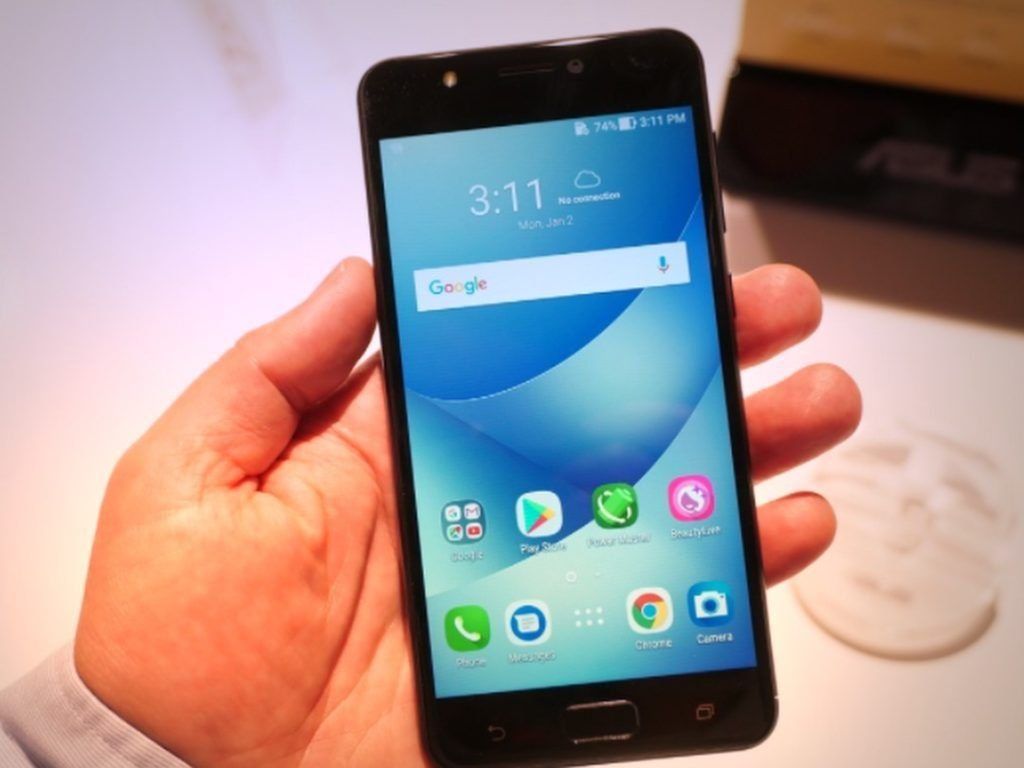
4 Max (ZC520KL) is a lightweight and compact modification of the "durable" device from the recent ZenFone series. It has a large number of minor drawbacks, but leaves behind a pleasant sensation. The manufacturer decided to mark some parameters of the device, in particular, the autonomy of work and the camera. In addition, the key audience is young people, who often use social media. networks and posting pictures. In this regard, the basic requirements for the gadget are fulfilled at the proper level. But the unit will not be a good choice for people who like hard games.
On the downside, some users also devote the insufficient volume of ROM, since most of it is occupied by software and proprietary interface, which is why you may have to use a flash card.Despite this, the rest of the characteristics combine perfectly with each other and work fine. There is also a nice design and not a compact body.
Like most other Asus models, the software is systematically updated, and therefore some errors will be corrected after the release of a new firmware version. If we talk about specialization, materials and characteristics, then there are practically no similar analogs for this device.
new entries
Categories
Useful
Popular articles
-

Top rating of the best and inexpensive scooters up to 50 cubic meters in 2024
Views: 97661 -

Rating of the best materials for noise insulation for an apartment in 2024
Views: 95022 -

Rating of cheap analogues of expensive medicines for flu and colds for 2024
Views: 91751 -

The best men's running shoes in 2024
Views: 87681 -

Top ranking of the best smartwatches 2024 - price-quality
Views: 85091 -

Best Complex Vitamins in 2024
Views: 84801 -

The best dye for gray hair - 2024 top ranking
Views: 82406 -

Rating of the best wood paints for interior use in 2024
Views: 77202 -

Ranking of the best action cameras from China in 2024
Views: 75269 -

Rating of the best spinning reels in 2024
Views: 74827 -

The most effective calcium supplements for adults and children in 2024
Views: 72463 -

Top rating of the best means for male potency in 2024 with a description
Views: 68296
